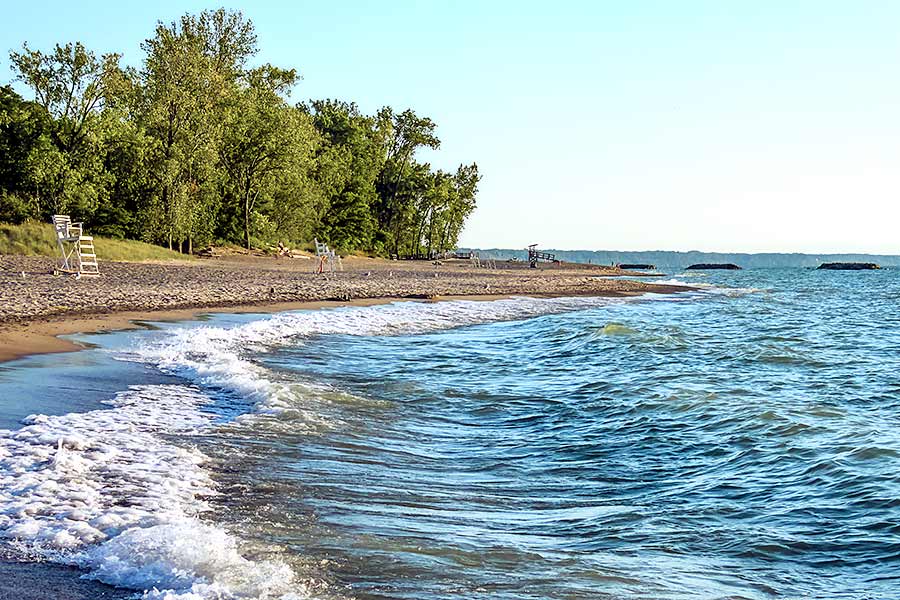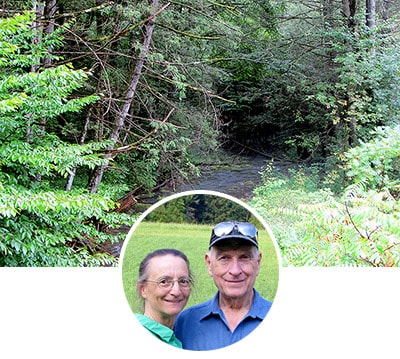
Presque Isle, a beautiful peninsula on Lake Erie’s southern shore, draws millions of visitors each year. The name “Presque Isle” is derived from the French language, meaning “almost an island.”
This geographical marvel raises a valid question: Is Presque Isle manmade? To answer this question, let us delve into its origins, explore its ecological significance, and examine the role humans have played in shaping its landscape.
The Formation of Presque Isle: A Natural Process
The creation of Presque Isle can be traced back to the end of the last ice age. As glaciers retreated from the region, they left behind large deposits of sand, clay, and gravel, eventually forming the ridge now known as Presque Isle, which covers approximately 3,200 acres.
The peninsula’s formation is a result of a combination of natural processes, including sedimentation, erosion, and longshore drift. In addition, the constant movement of water, wind, and ice have shaped and reshaped the coastline over time, giving Presque Isle its unique appearance today.

The Ecological Significance of Presque Isle
Presque Isle is home to a diverse range of flora and fauna, making it an ecologically important area. The peninsula boasts a variety of habitats, including sandy beaches, marshes, forests, and dunes. These habitats support numerous plant and animal species, some of which are rare or endangered, such as the piping plover.
In addition to its ecological value, Presque Isle plays a significant role in protecting the shoreline from erosion. Its presence helps to reduce the impact of waves and storm surges on the mainland, thereby preserving the coastal ecosystem and maintaining the stability of the shoreline.
Keystone Answers Fun Fact: The Delaware River is the longest un-dammed river in the US east of the Mississippi.
The Human Influence on Presque Isle
While the origins of Presque Isle are predominantly natural, human activities have undeniably played a role in shaping its landscape. Over the years, various infrastructure projects have been implemented to protect the peninsula from erosion and maintain its recreational value. Some of these projects include the construction of breakwaters and beach nourishment.

Moreover, since 1921, Presque Isle has been designated as a state park, which has led to numerous conservation initiatives to preserve its ecological integrity. The park offers various recreational opportunities for millions of visitors each year, such as swimming, hiking, bird watching, and fishing. These activities contribute to the local economy and promote environmental awareness among the public.
A Natural Formation with Human Touches
So, is Presque Isle manmade? The answer is no; the peninsula was formed through natural processes that occurred over thousands of years. However, human intervention has played a significant role in maintaining and preserving the peninsula’s unique landscape.
Today, Presque Isle stands as a testament to the beauty and power of nature and the importance of environmental stewardship in protecting our planet’s fragile ecosystems.






